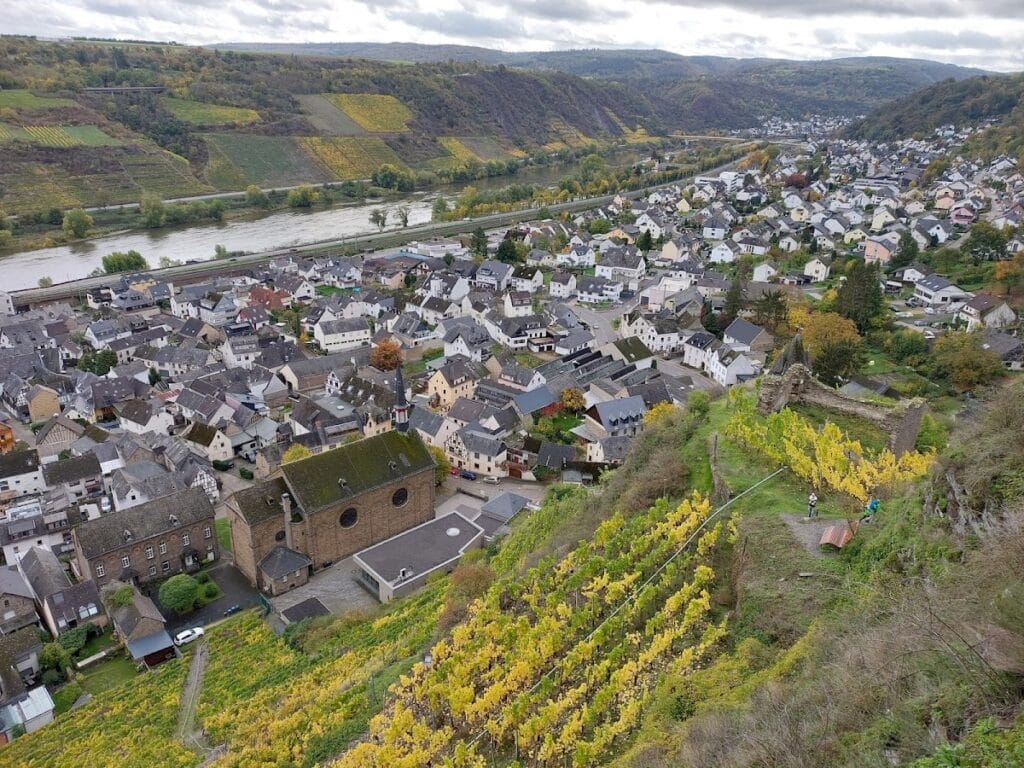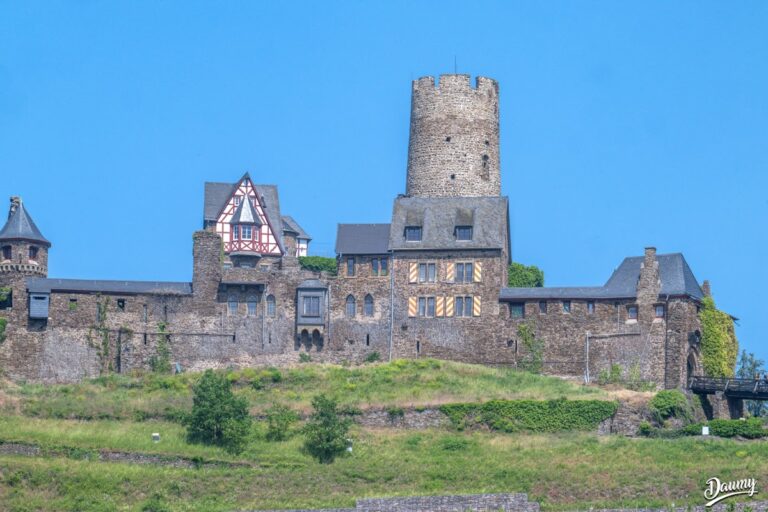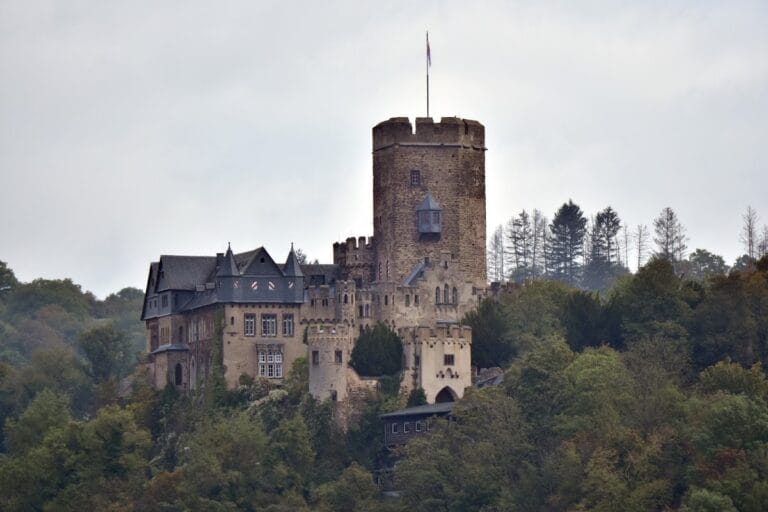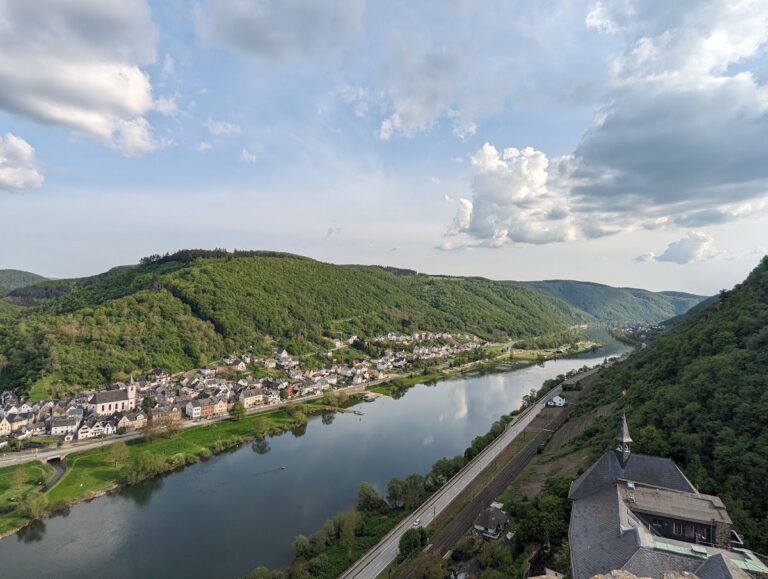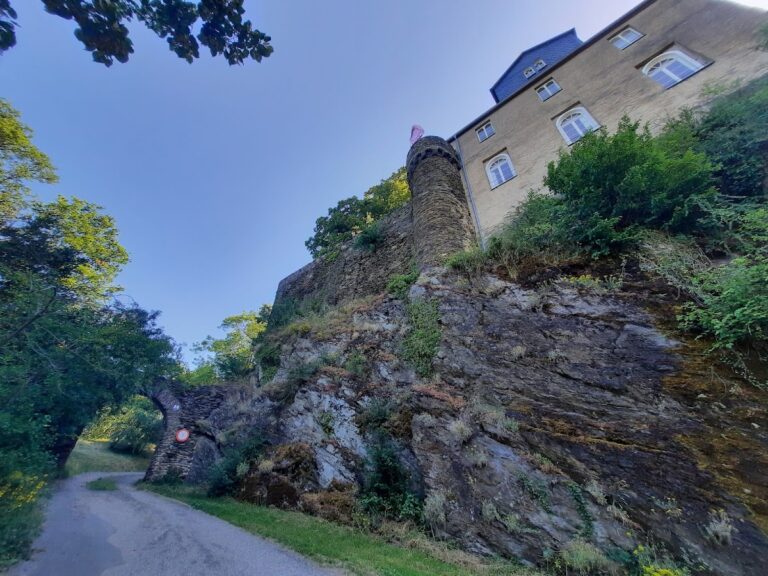Oberburg Kobern: A Medieval Castle in Germany
Visitor Information
Google Rating: 4.6
Popularity: Low
Google Maps: View on Google Maps
Official Website: de.wikipedia.org
Country: Germany
Civilization: Medieval European
Remains: Military
History
The Oberburg in Kobern is a medieval castle located in the municipality of Kobern-Gondorf in present-day Germany. Its origins trace back to the early 12th century when it was built on top of a former Celtic hillfort, illustrating the long-standing strategic importance of this elevated site.
The earliest written record of the Oberburg dates to 1195. At that time, the castle’s lord placed it under the authority of the Electorate of Trier as a fief, showing the castle’s integration into the ecclesiastical territory governed by the Archbishopric of Trier. During the first half of the 13th century, between approximately 1220 and 1240, Lord Henry II of Isenburg undertook significant expansion of the castle. He commissioned the construction of St. Matthias’ Chapel within the castle grounds to serve as a reliquary for the head of Saint Matthias. This addition emphasized the spiritual role of the castle alongside its military function.
Control of the Oberburg remained with the Isenburg-Kobern lineage until the mid-14th century. After this period, the castle was sold to the Archbishop of Trier, a transfer that led to its gradual decline. Without a permanent lord maintaining it as a defensive stronghold, the castle was abandoned and eventually fell into ruin.
In the 20th century, measures to protect the remaining structures began with the installation of a temporary roof over the bergfried—the castle’s main tower—in 1936 to halt further decay. Restoration efforts resumed from 1989 onward, involving raising the height of the bergfried, installing a new roof, and adding a restaurant building adjoining the tower on the footprint of earlier constructions. Today, the Oberburg is listed as a protected cultural monument, preserving its architectural heritage.
Remains
The castle ruins encompass a rectangular area measuring about 110 meters in length and 40 meters in width. They stand atop a ridge that rises roughly 200 meters above the village of Kobern, offering commanding views over the Moselle River. This elevated position reflects the site’s continuous strategic usage from Celtic times through the medieval period.
The most prominent and well-preserved structure is the bergfried, a square tower approximately 9 by 9 meters at its base. Its vaulted ground and upper floors speak to the medieval construction techniques used to create sturdy defensive spaces. Access to the second floor is gained via a staircase built within the thickness of the tower’s walls, a common feature to conserve interior space and safeguard movement within the castle.
Within the castle grounds lies the Late Romanesque St. Matthias’ Chapel, notable for incorporating the choir section of an earlier, probably unfinished building. This architectural continuity suggests adaptation of existing components during the chapel’s construction between 1220 and 1240. The chapel was specifically designed to house the relic of Saint Matthias’ head, linking the site to religious veneration.
Beyond the chapel and bergfried, only limited traces of the castle’s surrounding defensive walls, or enceinte, have survived. These remnants outline the original boundary but exist chiefly in fragmentary form.
Restoration works beginning in 1989 not only raised the bergfried’s height and installed a new roof but also introduced a new building attached directly to the tower, constructed on a site previously developed within the castle perimeter. This contemporary addition respects the historic layout while providing modern functionality.
The Oberburg is situated on the same ridge as the nearby Niederburg, which lies approximately 50 meters lower in elevation, illustrating the spatial relationship between these two medieval fortifications in the Kobern area.

